The State Bank said that the demand for credit capital is continuing to increase, and it will be very difficult to continue reducing interest rates in the coming time.

Governor of the State Bank of Vietnam Nguyen Thi Hong - Photo: GIA HAN
The assessment on loan interest rates was made in the latest report that State Bank Governor Nguyen Thi Hong signed and sent to National Assembly deputies to explain a number of contents related to the group of questions at the 8th session of the 15th National Assembly.
The question-and-answer session with State Bank Governor Nguyen Thi Hong and the two ministers of Health and Information and Communications will take place on November 11 and 12.
Regarding credit growth management, Ms. Hong said that after the events, difficulties, pressures and heavy tasks lasting from 2022 to present, the State Bank has contributed to controlling inflation in line with the set targets, contributing to consolidating the foundation of macroeconomic stability and ensuring major balances of the economy.
Average CPI inflation in 2022-2023 is 3.15% and 3.25% respectively, of which average core inflation is 2.59% and 4.16% respectively; estimated at 3.78% in the first 10 months of 2024, core inflation is below 3%.
This is an important basis for international credit rating organizations to positively assess Vietnam's development situation and prospects.
Along with that, the currency and foreign exchange markets are stable, and the credit institution system operates safely after an unprecedented mass withdrawal incident in history.
Interest rates will decrease by about 2.5% in 2023 and continue to decrease in the first 10 months of 2024 (average lending interest rates in 2023 will decrease by more than 2.5%/year compared to the end of 2022; by October 20, 2024, they will continue to decrease by 0.76%/year compared to the end of 2023).
However, according to Ms. Hong, since the 3rd session (May 2022), the State Bank has reported to the National Assembly the difficulties and challenges in managing credit policies, and in the past, until now, these continue to be pressures in managing these policies.
It is noteworthy that the implementation of the policy of continuing to reduce interest rates in the coming time is very difficult. The reason is that lending interest rates have tended to decrease sharply in recent times (in 2023, they decreased by more than 2.5%/year and by October 20, 2024, they continued to decrease by 0.76%/year compared to the end of 2023).
The demand for credit capital is on the rise, and in the coming time, there will be pressure on interest rates. In addition, the pressure on exchange rates from the international market makes the reduction of domestic VND interest rates increase the pressure on exchange rates and the domestic foreign exchange market.
Ms. Hong also pointed out the difficulty when inflation reduction is not sustainable and there is a potential risk of increasing pressure in the context of Vietnam's large economic openness, complicated fluctuations in world commodity prices due to the impact of complicated geopolitical developments, increasing trends in food security in countries, extreme weather...
The pressure on the credit institution system to supply capital to the economy is still large, including medium and long-term capital in the context of capital mobilization from the corporate bond and securities markets facing many difficulties. This poses a great risk of maturity and liquidity for the banking system (short-term mobilization for medium and long-term lending).
The credit absorption capacity of businesses and people is still low. After being affected by the COVID-19 pandemic, many businesses have reduced or stopped production due to lack of orders, dissolved, closed, and their financial health has declined.
The trend of tightening and cutting spending by people also leads to low credit demand. Some customer groups have credit needs but have not met the loan conditions or disbursed loans due to problems with project legal procedures, declining financial capacity, cash flow imbalance, lack of feasible production and business plans, etc.
"With these difficulties and challenges, international organizations such as the IMF, WB, and AMRO all assessed that the room for easing Vietnam's credit policy is currently very limited and recommended that Vietnam should take advantage of the remaining fiscal space to support economic growth," the report stated.
The State Bank will cut costs to reduce lending rates.
The Governor of the State Bank said that in the coming time, it will proactively and flexibly operate credit policy tools, closely following macroeconomic developments, contributing to stabilizing the monetary market, ready to support liquidity for the credit institution system, and support monetary policy management.
Manage interest rates and exchange rates in line with macroeconomic balance, inflation and monetary policy targets; continue to direct credit institutions to cut costs to reduce lending interest rates.
Implement proactive and flexible credit management measures in line with macroeconomic developments and inflation, meeting capital needs for the economy, directing credit to production and business sectors, priority sectors and economic growth drivers under the direction of the Government and Prime Minister.
Strictly control credit in areas with potential risks; create favorable conditions for businesses and people to access bank credit capital.
Source: https://tuoitre.vn/nhu-cau-vay-von-dang-tang-ngan-hang-nha-nuoc-noi-kho-giam-lai-suat-vay-20241107150833964.htm


![[Photo] General Secretary To Lam receives Russian Ambassador to Vietnam](https://vstatic.vietnam.vn/vietnam/resource/IMAGE/2025/4/2/b486192404d54058b15165174ea36c4e)



![[Photo] Prime Minister Pham Minh Chinh receives Deputy Prime Minister of the Republic of Belarus Anatoly Sivak](https://vstatic.vietnam.vn/vietnam/resource/IMAGE/2025/4/2/79cdb685820a45868602e2fa576977a0)
![[Photo] Prime Minister Pham Minh Chinh receives CEO of Standard Chartered Group](https://vstatic.vietnam.vn/vietnam/resource/IMAGE/2025/4/2/125507ba412d4ebfb091fa7ddb936b3b)
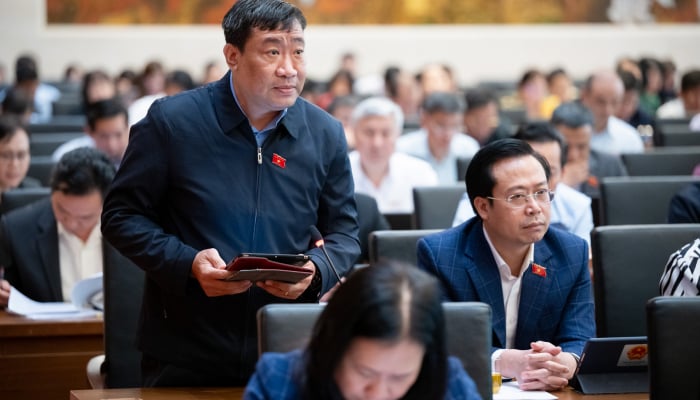



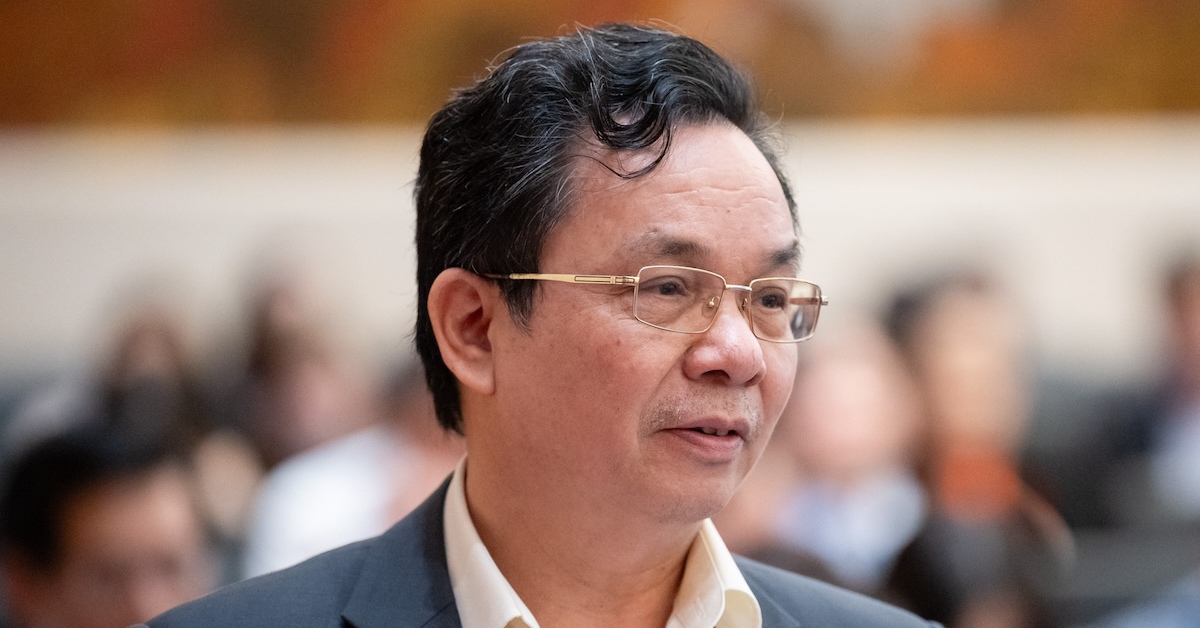
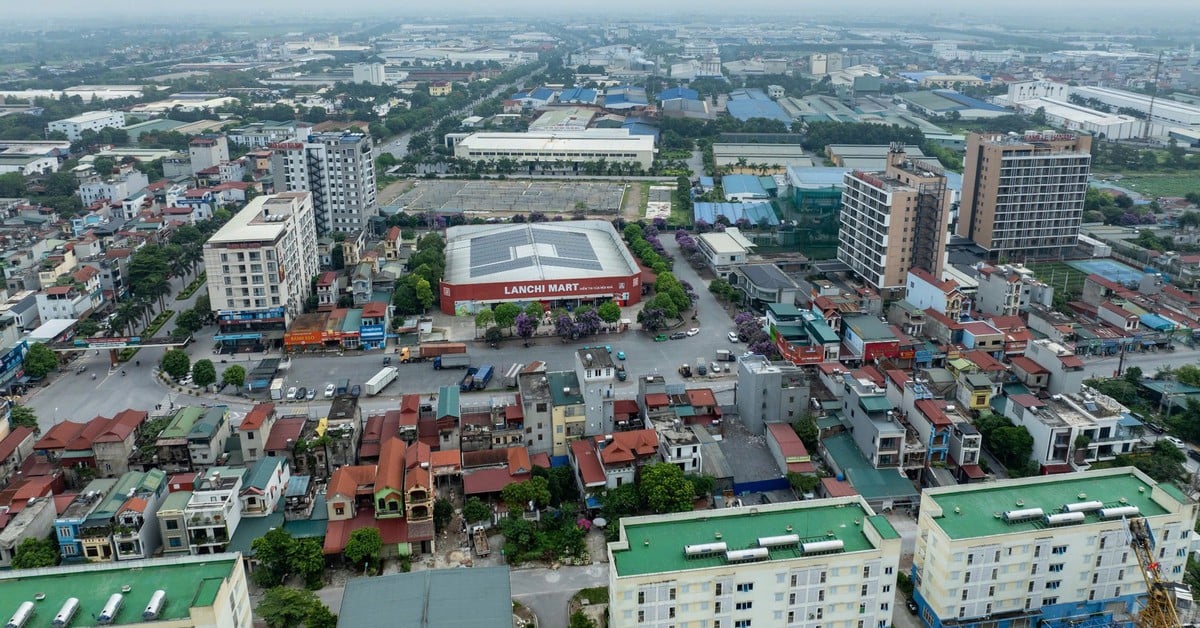
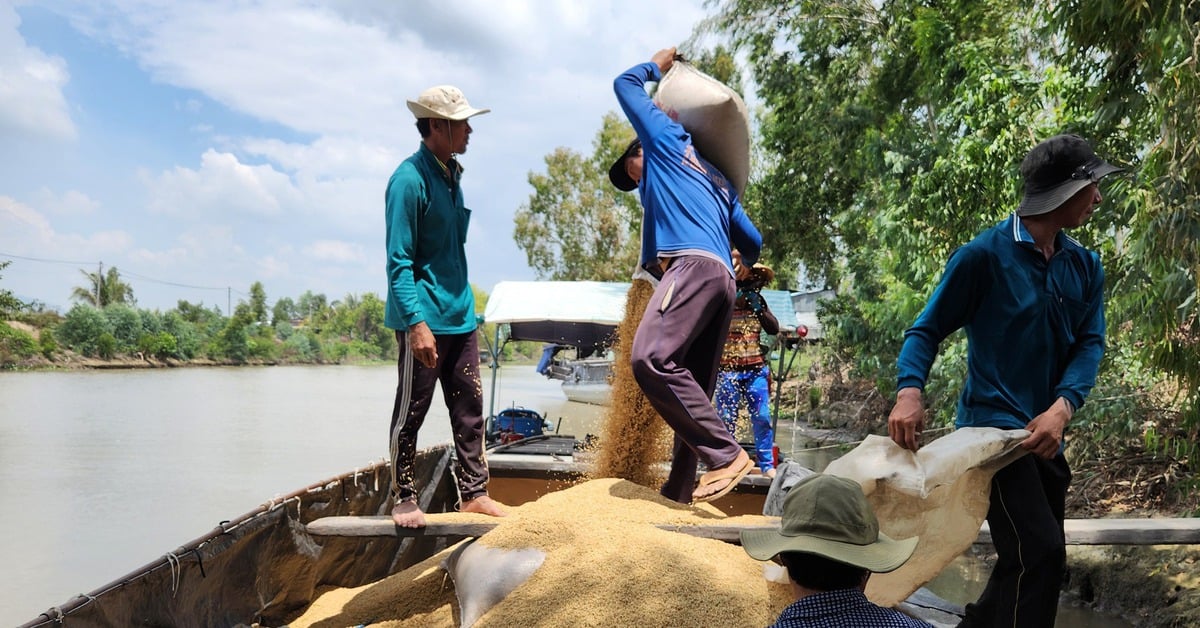


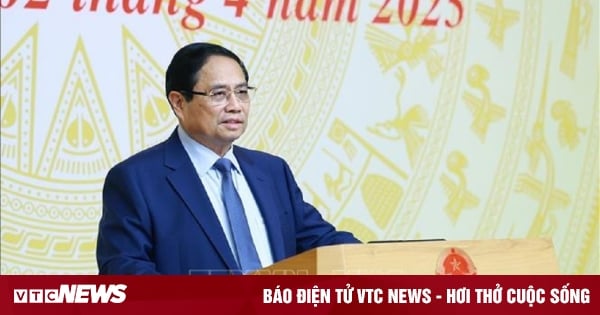









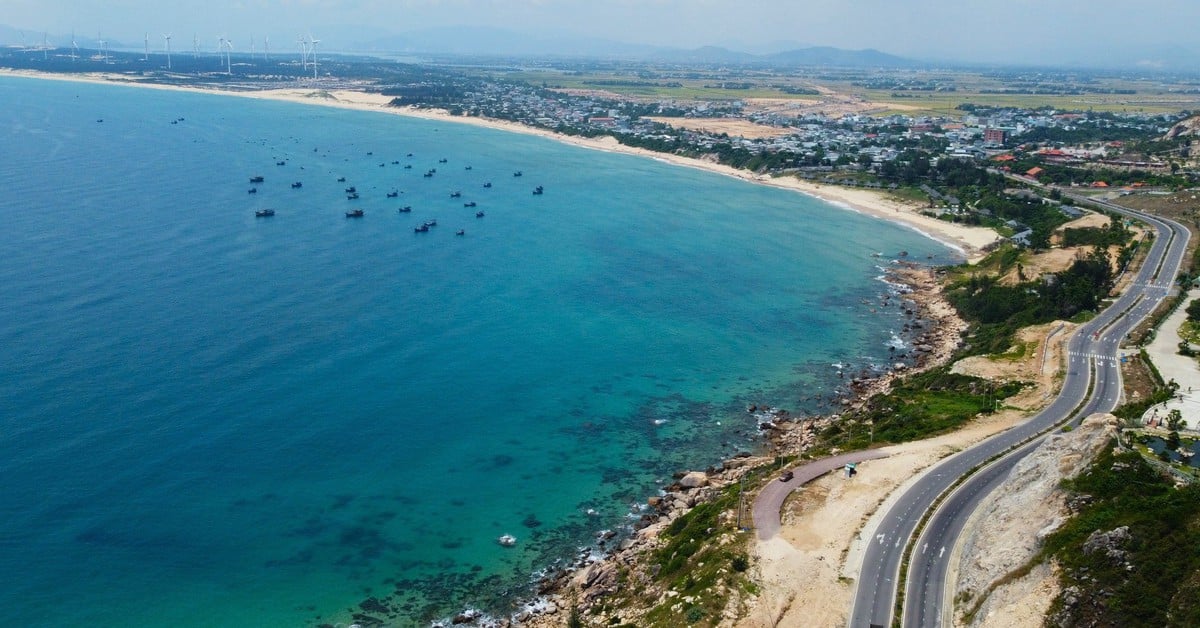























































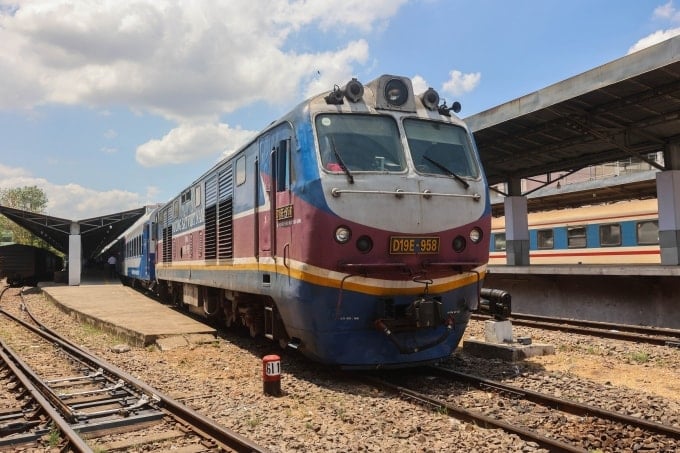


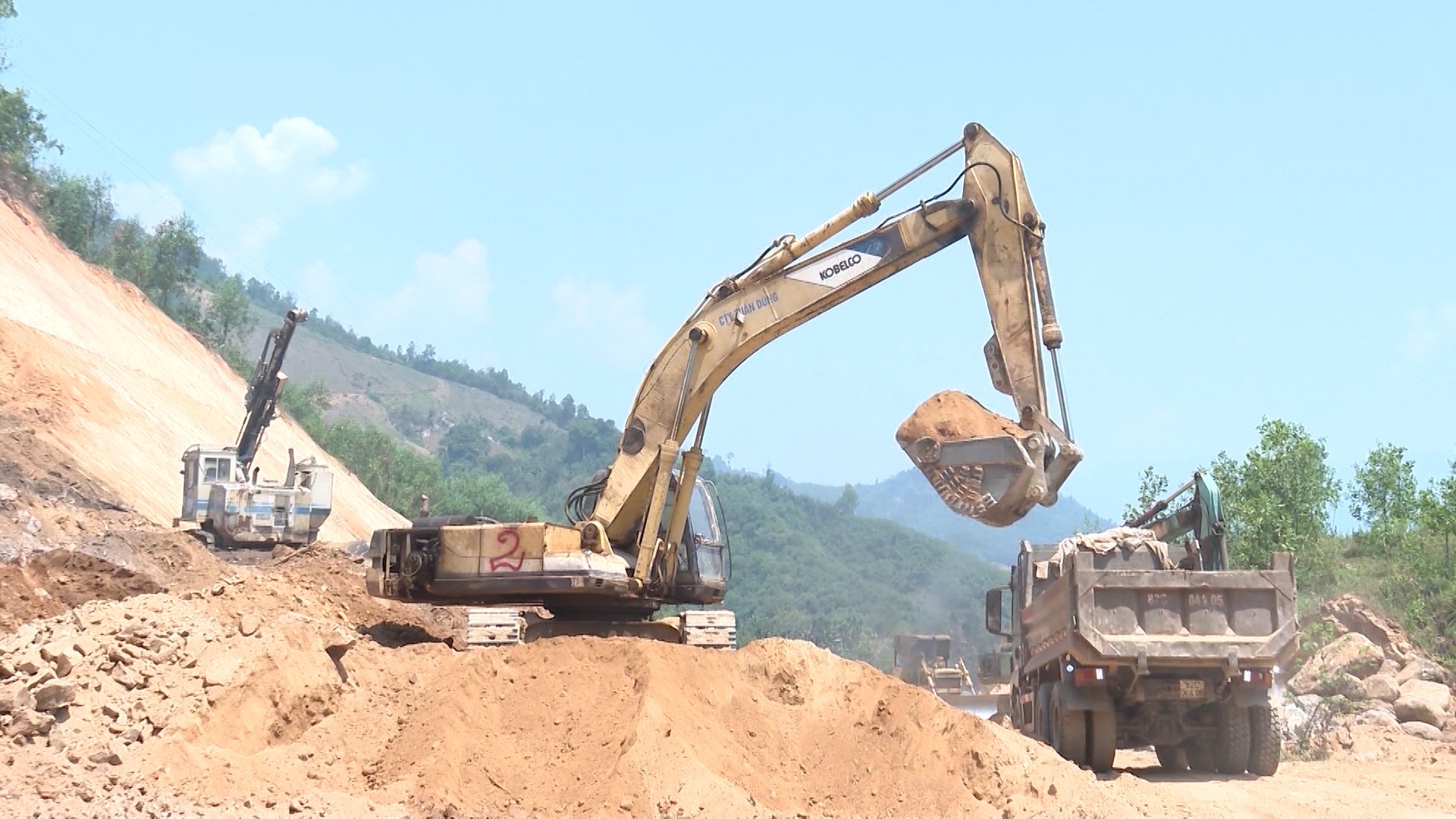












Comment (0)